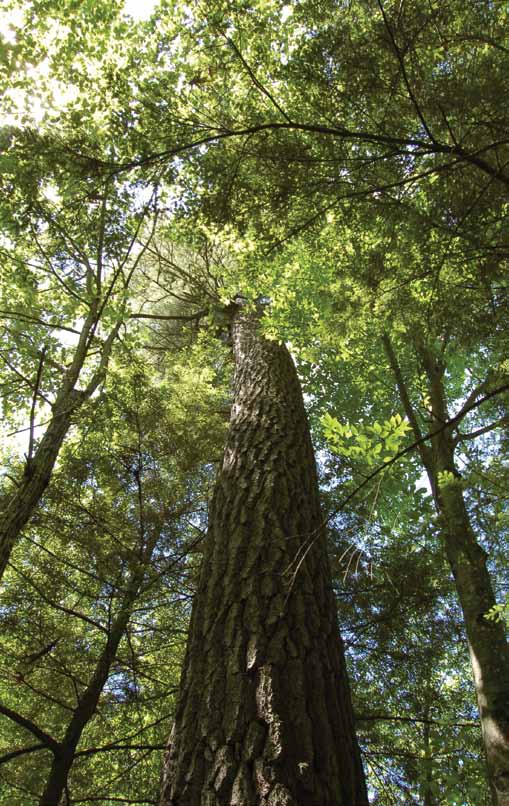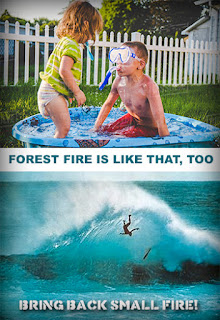Now think about fire. Low intensity fire is as natural to western US forests as rain, yet for most of the past 100 years, we have done everything in our power to exclude even small fires from these landscapes. We are now reaping the consequences of that folly, with accumulated fuel loads and warming, drying weather feeding catastrophic firestorms that destroy entire stands, and even city neighborhoods. California alone spends over $1.5 billion annually on fire control to protect 15 million fire-endangered acres. In 2017 over 1,000,000-acres burned in California, with direct and indirect fire suppression costs exceeding $13 billion. Who planned that?
Obviously, no one intended for us to arrive at this crisis but now that we have, there is a lot of finger pointing and digging in of heels going on. Environmentalists point at loggers, and loggers at environmentalists, but both sides have some hard lessons they need to hear and take to heart if we are to find a way through this crisis, and back to healthy, productive forests and forestry again. 50 years of vitriol and litigation proves one thing: you can’t change someone’s values by arguing with them or by steam-rolling them. Winner-Takes-All is a horrible model for managing shared resources like forests. We need to find a new, better way…and we have.
...
[CONT.]
WHAT CAN YOU DO TO HELP?
- Learn more. Be an informed citizen, not an unwitting pawn:
New Yorker article | livingforests.org | sagehenforest.blogspot.com
Watch our webisodes explaining the fire problem and the Sagehen Forest Project at tinyurl.com/y8ho2ckx - Contact your elected representatives
- Let them know there’s a better solution out there than a) just turning the traditional timber industry loose in our damaged forests to reset the dysfunction clock again, or b) ignoring the problem in the naive belief that Mother Nature will somehow deal with it: she is, and this is what it looks like.
- Ask them to support the Sagehen Forest Project prescription, and changes to building codes to allow engineered wood buildings.
- Resist “salvage logging” of dead trees: these trees are not a serious fire problem, and this activity reduces our capacity to do what needs to be done to save our remaining living forests.
- Request local wood, and buy it where available! If retailers keep hearing this demand, they will force the industry to respond.
- Use (hopefully local) biochar in your garden to improve your soil, and bank wood carbon for thousands of years. sagehenforest.blogspot.com/2018/04/biochar.html
- Have other ideas? Get in touch! sagehen.ucnrs.org/faculty-staff/
- Artists: sagehen-art.blogspot.com
- We need financial support, too. Donate safely via the orange "Give Now" button at the top of our homepage at sagehen.ucnrs.org











